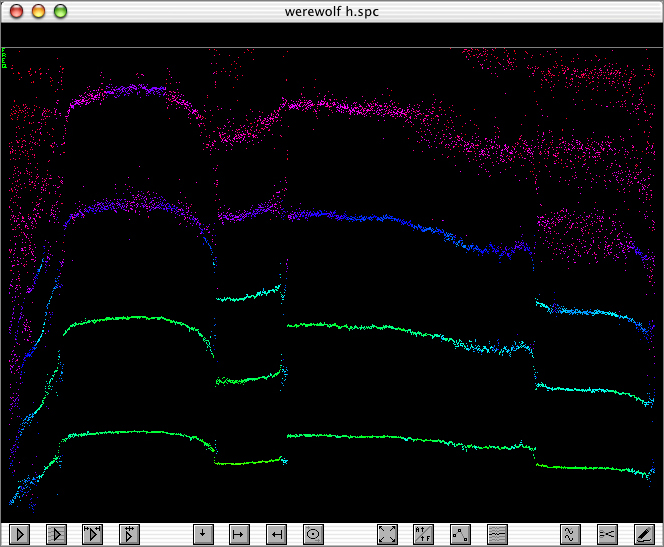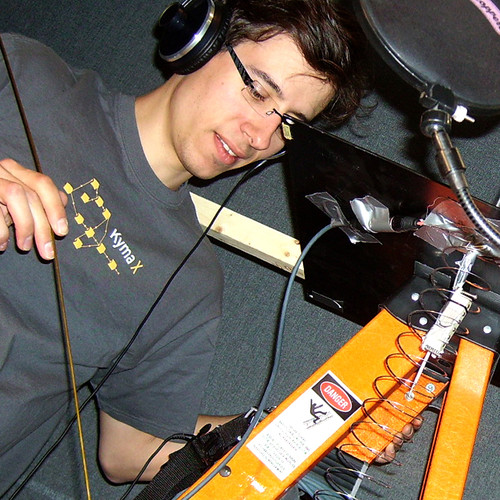Workshops, Talks, and Live Performances on “Organic Soundâ€
From organs (biological) to organs (musical), this year’s Kyma International Sound Symposium (KISS2014), to be held in Lübeck Germany on 25-28 September 2014, will explore multiple meanings of the phrase “organic sound†through technical talks, live performances, and hands-on workshops. Sound designers, composers, and live performers are invited to participate in a wide range of thought-provoking activities including:
- An examination of how to emulate the organic sound of the analog recording studio using Kyma, presented by composer/sound engineer Greg Hunter of Dub Sahara
- A special evening of “pipe organs like you’ve never heard them before†in the experimental, virtuosic hands of master organist/composer Franz Danksagmüller and his students
- Intensive afternoons in The Collaboratory creating and rehearsing several world premieres including a live sound track for a new film by experimental filmmaker Theo Lipfert performed by faculty and students of the Musikhochschule Lübeck processed through Kyma
- A hands-on “plantification” workshop where you’ll learn from Rudi Giot and his graduate engineering students how to control Kyma sounds through the growth of living plants
Events will kick off on Thursday with the unveiling of a major new release of the Kyma software and will culminate on Sunday with an evening of dancing to Kyma beats at club Parkhaus. The full program is online at: http://kiss2014.symbolicsound.com/detailed-program
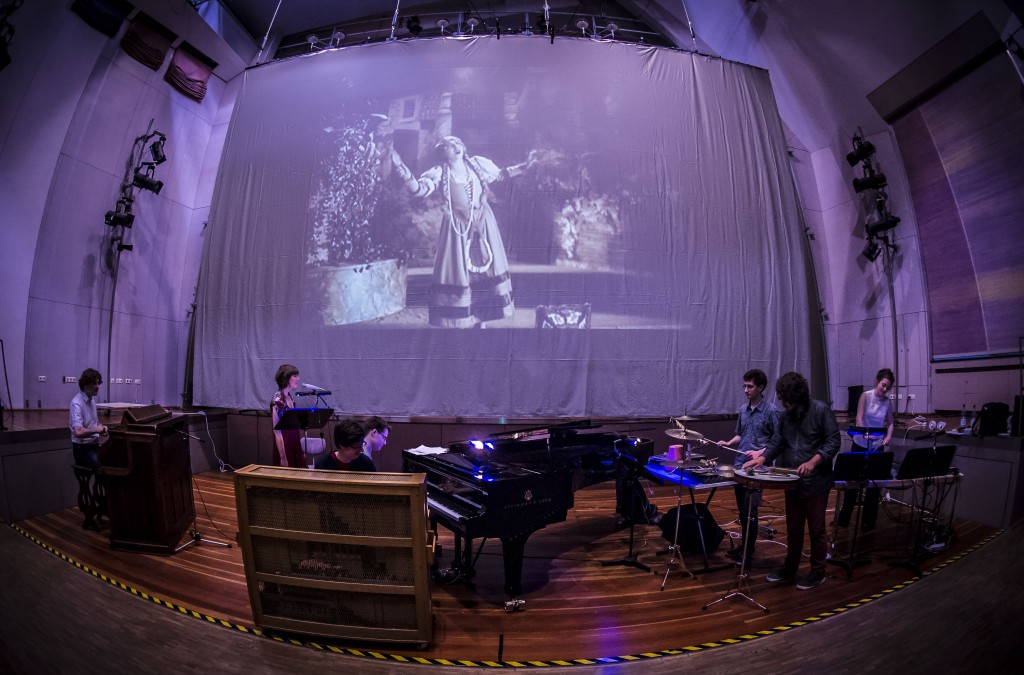
About the Symposium
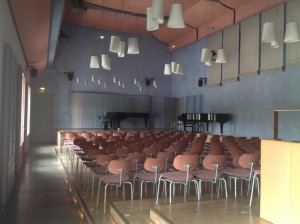 Hosted this year by Franz Danksagmüller and the Musikhochschule Lübeck, each morning of KISS2014: “Organic Sound” features technical/philosophical sessions on topics ranging from voice processing, to sonification of organic chemicals and the Internet, to organic growth and decay, to how to build your own performance controller and use it to control Kyma via OSC, to presentations by individual composer/performers detailing how they utilize Kyma in their live performances and installations.
Hosted this year by Franz Danksagmüller and the Musikhochschule Lübeck, each morning of KISS2014: “Organic Sound” features technical/philosophical sessions on topics ranging from voice processing, to sonification of organic chemicals and the Internet, to organic growth and decay, to how to build your own performance controller and use it to control Kyma via OSC, to presentations by individual composer/performers detailing how they utilize Kyma in their live performances and installations.
Afternoons are dedicated to interaction and hands-on activities including open rehearsals of collaborations-in-progress in The Collaboratory, a workshop on Conduction ensemble improvisation techniques presented by London Improvisers Orchestra trombonist and Kymaist Robert Jarvis, and the Kyma Open Lab where Kyma experts (Jeffrey Stolet, Cristian Vogel, Bruno Liberda, Scott Miller, Kurt Hebel, Carla Scaletti and others) will be on hand to answer your questions and consult with you on your current projects.
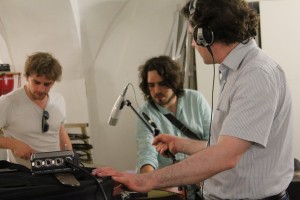
This year’s KISS features more live performances than ever before, with concerts every evening showcasing some of the best work created in Kyma this year, presented in the acoustically perfect MHL Große Saal and the Jakobikirche Lübeck with its three historically important pipe organs, famously decorated with faces on every pipe.
Check out the exciting lineup of presenters, composers, performers and Kyma experts here.
Who should attend
 Anyone who lives for sound — whether you are a novice looking to kickstart your career, an expert seeking a fresh jolt of inspiration, or simply someone who is curious about sound and Kyma — you will find in KISS2014 a chance to meet kindred spirits and immerse yourself in sound and ideas for four intense and inspiring days and nights of non-stop discussions, interactions, music and sound design.
Anyone who lives for sound — whether you are a novice looking to kickstart your career, an expert seeking a fresh jolt of inspiration, or simply someone who is curious about sound and Kyma — you will find in KISS2014 a chance to meet kindred spirits and immerse yourself in sound and ideas for four intense and inspiring days and nights of non-stop discussions, interactions, music and sound design.
Here’s how Chicago-based sound designer and re-recording mixer, Dustin Camilleri (http://www.pulsetrain.net) describes his experience at a previous KISS:
“…The unique thing about Kyma, I find, is that it appeals to such a wide spectrum of people doing such an amazingly diverse set of things, but sharing a common language. The conversations I had were so incredibly inspiring; the performances I saw were just over the top, and the community at large was just some of the nicest most genuine people I’ve ever had the pleasure of spending some time with.”
Registration and travel
Registration is now open: http://kiss2014.symbolicsound.com/kiss2014-registration. Discounts are available for students and for anyone registering before 1 August 2014.
For travel and lodging information, please visit:Â http://kiss2014.symbolicsound.com/travel-and-lodging
More information
Stay apprised of the latest KISS2014 news:
KISS2014 Site:Â http://kiss2014.symbolicsound.com
Facebook:Â https://www.facebook.com/pages/Kyma-International-Sound-Symposium/241910735840451
Twitter:Â http://twitter.com/KymaSymposium
Contact the organizers: mailto:info.kiss2014@gmail.com


 Sound designer
Sound designer 